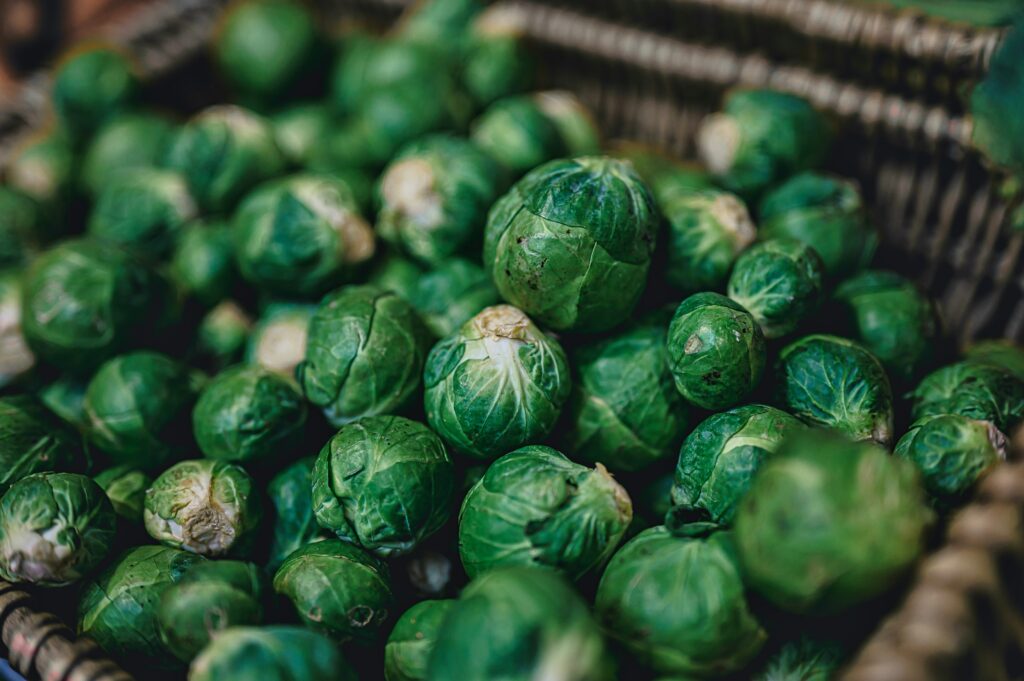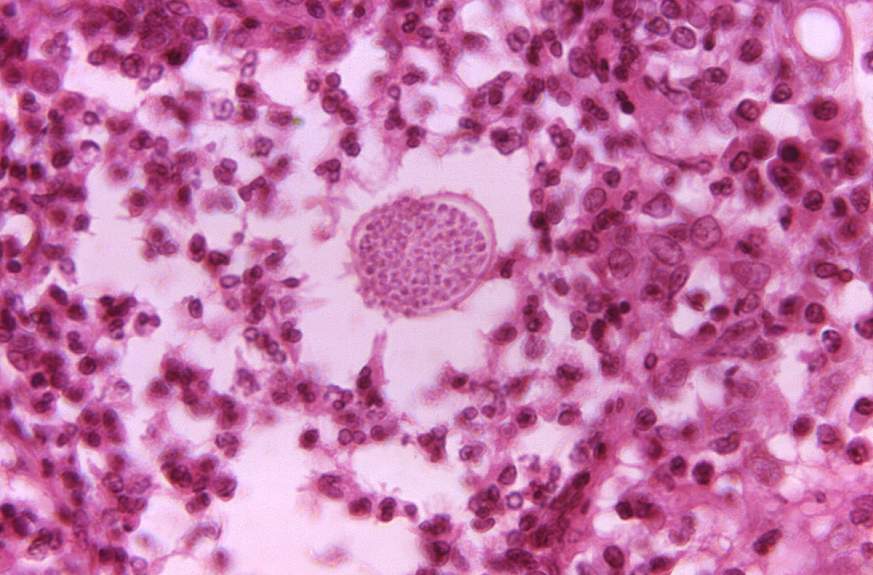Amidst the general flood of inanity on climate change, including campfire-quality scare stories, we pause to savour the one about how “A thick, slimy layer of the mucus-like matter is spreading along the Sea of Marmara near Istanbul, damaging marine life and the fishing industry.” And you just know what’s coming, right? Right. “Experts blame pollution and climate change.” Because all effects of climate change are bad and, if possible, disgusting as well as scary. Whereas anything good like plants feasting on CO2 and growing better is mere conjecture. Experts say.
To add to the charm, the BBC story featured a quotation from Turkish president Recep Tayyip Erdogan that “Hopefully, we will save our seas from this mucilage calamity.” Which certainly proves the linguists’ point that there is an infinite variety of legitimate sentences not yet uttered. As for “sea snot”, aka “marine mucilage”, it “is a naturally-occurring green sludge that forms when algae is overloaded with nutrients as a result of hot weather and water pollution.”
If you have any idea what the Soviet Union did to the Black Sea, not to mention the Aral Sea, it’s a bit much to think climate change was the big deal here. Except for that rule about all effects of climate change being bad and vice versa.
Hence the superficially unrelated story in the National Post the same day, though it ran in the Washington Post months earlier, about how “The world was running out of time, and so was Joanne Chory.” A distinguished biologist, “she’d won the most prestigious honour in her field, the Breakthrough Foundation’s life sciences prize, which came with US$3 million and an opportunity to address inventors and well-heeled donors at a glitzy Silicon Valley awards ceremony in December 2017…. Human-caused climate change was putting humanity’s future in peril, she said in recorded remarks.”
Boo. Bad humans. But there was a solution: good humans. Humans who could finally show plants how to eat carbon. “Survival would depend on Earth’s original carbon-capture machines, the most effective tools for getting rid of greenhouse gases. People needed to find new ways to grow plants — and soon. Her urgency came not only from what was happening around her — record heat waves, catastrophic wildfires and deadly floods linked to climate change — but from the fight within her. Chory had been living with Parkinson’s disease for more than a decade, and the illness was getting worse.”
So with the time she had left, “Chory laid out a vision for a new kind of agriculture. She wanted to create ‘ideal plants’ — crops like wheat or rice that are bred to store huge amounts of carbon in their roots.”
Now hang on, you might say. For most of the last half-billion years the Earth had far more atmospheric CO2 and plants evolved to grab it and grow. Lately, as it dwindled, plants found it so much harder to cope that a whole new kind of photosynthesis evolved, so-called “C4”, to enable plants to cope with starvation-levels of CO2 and still photosynthesize. So of course the recent increase has been a boon especially to the older, C3 plants, leading to a very measurable “greening” especially of the bleaker parts of the planet, thus sequestering CO2. The carbon cycle, right? The miracle of nature with its harmonious dynamism?
Ah but nay. Instead, story after story claims plants are losing the ability to absorb CO2 from a warm carbon-rich atmosphere that they carefully honed over hundreds of millions of years, because our CO2 and warmth are the bad kind and nature knows the difference. As Willis Eschenbach observes with respect to a study claiming tropical forests are losing their ability to sequester carbon, before invoking “Willis’s Rule of Authors” that the quality of a paper is inversely proportional to the square of the number of authors, which in this case is 106.
That’s the number, not the square; the square is 11,236. Which is pretty bad. How bad? Bad enough that, Eschenbach points out, the study uses the word “model” 158 times and “observations” just 44. But back to our new improved plants.
According to the journalists who say what the experts say, “If enough farmers replanted their fields with these engineered species, she [Chory] said, they could pull out of the atmosphere each year as much as 20 per cent of the carbon dioxide humans emit. In time, that speech would get the attention of foundations and pull in millions of dollars in funding, enabling Chory and her colleagues at the Salk Institute for Biological Studies in La Jolla, Calif., to expand their lab and enhance their experiments.” Although of course deniers have all the money.
In Chory’s 2017 speech “’We’re going to make plants better,’ she said, her lips twitching into a smile. ‘And we’re going to end up saving the world.’ Each year, plants take up about a quarter of the planet-warming gases people emit.”
Our lips twitch into a smile at the thought that grubby old natural plants just aren’t up to the job and we need new, better man-made plants. Boris Karloff, call your agent. The story went on that Chory reasoned that “If human carbon dioxide emissions were the problem, couldn’t plants be part of the solution? After all, plants had been perfecting the art of pulling carbon from the atmosphere for more than three billion years.” Uh, perfecting? Never mind. “The institute’s plant biology researchers put their heads together, and the Harnessing Plants Initiative was born. Its first challenge was finding how to make plants better at storing carbon.” The big issue being the dumb old things decompose when they die and all the carbon leaks out.
So boo carbon cycle. Hooray human interference. “Wolfgang Busch, a root expert, suggested plants could be genetically manipulated to put more carbon in their underground parts. Their decomposing tissue would be incorporated into the earth, rather than being released into the air. Carbon and other nutrients would be restored to soil depleted by decades of intensive agriculture. Next, Joe Noel called the team’s attention to a molecule called suberin, the main component of cork…. difficult for microbes to break down. If the scientists could get plants to store carbon in this form, it would stay trapped for at least a century — buying time for civilization to shift away from fossil fuels.”
Now we are not saying that agriculture doesn’t need a makeover, one that puts more emphasis on conserving and restoring soil through more holistic practices. But genetically engineering plants to do the reverse, putting carbon into sterile repositories, sound like the wrong approach.
Still, science marches on and experts keep saying. The Post had yet another world-ends-climate-crisis-at-11 story that very same day about how “Blazes that continue to burn through the winter in Canada were once thought to be a myth, but the so-called zombie fires may become more common as temperatures get warmer and less snow falls, experts say…. The paper, published in the science journal Nature, said increasing summer temperatures associated with climate warming may promote the survival of overwintering fires in the future in the boreal regions. Blazes that burn over winter are also known as holdover or zombie fires. Most of the fires are seen in the sub-arctic, Arctic, Northwest Territories and the northern boreal forest in Ontario, Alberta and Saskatchewan, where peat is found in vast amounts, the report said. The Fort McMurray fire in Alberta and several fires in Northwest Territories were considered zombie fires.” And of course you get a positive feedback loop: “Mike Flannigan, a professor of wildland fire at the University of Alberta, said the holdover fires emit a lot more carbon on average than normal forest fires. Peatlands are carbon reservoirs that have been building up over thousands of years, he said. Burning one kilogram of peat emits about half a kilogram of carbon into that atmosphere, Flannigan noted. ‘And the more carbon you have, the more warming you have, the more warming you have the more fire, so it’s a cycle.’”
With so many positive feedback loops it’s a wonder the world survived this long. But maybe this time is different and we are all going to die from zombie fires, plants that can’t store CO2 and… sea snot.



Help my brains on fire I can’t take anymore
Ouch! Your brain is a carbon sink. Maybe we should engineer humans to store fat as cork. Then we can store carbon as cork when we die we save the planet! There a are eight billion of us so yeah humans! Bonus outcome: fat people can't down. And they are all called Bob or Bobbie. Or Eddie.
Does Turkey or its cities use the Mediterranean Sea like a toilet and discharge untreated sewage into it (i.e. like Victoria B.C. and Montreal Que and other smaller towns in Canada do) and whether the "nutrients" from doing that feeds their snot? I understand a sewage treatment plant may have been approved for Victoria. Yeah. So many better more effective ways to protect the environment and improving our world than tossing billions at climate change. The folks at the Climate Nexus taught me that.